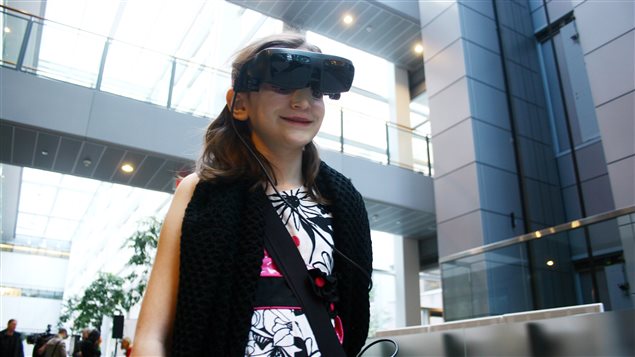It’s being hailed as a breakthrough treatment in the medical battle against inherited blindness.
Canadian researchers have been able to restore some vision in patients with specific types of Leber Congenital Amaurosis, (LCA) disease.
Their research–carried out at Montreal’s McGill University–was published Sunday in the medial journal The Lancet.
The patients were diagnosed with specific types of LCA caused by mutations in one of two genes. Their disease prevented them from creating 11-cis retinal, a chemical crucial for vision.
If left untreated, the disease will cause parts of the patient’s eyes to shut down and eventually die.
The McGill researchers were able to replicate the cycle by substituting similar laboratory-created chemicals for the naturally produced ones in the eye.
The breakthrough is limited to people with this specific type of gene mutation, but Robert Koenekoop, the lead doctor on the study, says the implications are even bigger.
“All ophthalmologists in the world thought that these retinal degenerations were untreatable.” Now we know that they are treatable,” says Dr. Koenekoop.
“That’s huge,” he says. “It’s the first time in the world.”
Patients were given a pill once daily for seven days. Tests showed many of them were able to see sharper and see a larger area thanks to the treatment.
Their vision was best at two months after the treatment began. The benefits continued for up to a year. Some patients more than doubled their field of vision.
Ten of the 14 patients in the study showed improvement.
Dr. Koenekoop believes the key to successful treatment may be catching the disease before it’s too late.
“I think this study gives great hope to all blind patients. It’s just not the drug for everybody, but it is sending a message to all blind patients from all different causes that stuff is happening and things are coming.”
Results must be replicated in different studies before it can be submitted to the Canadian and U.S. governments for approval and then go on the market.







For reasons beyond our control, and for an undetermined period of time, our comment section is now closed. However, our social networks remain open to your contributions.